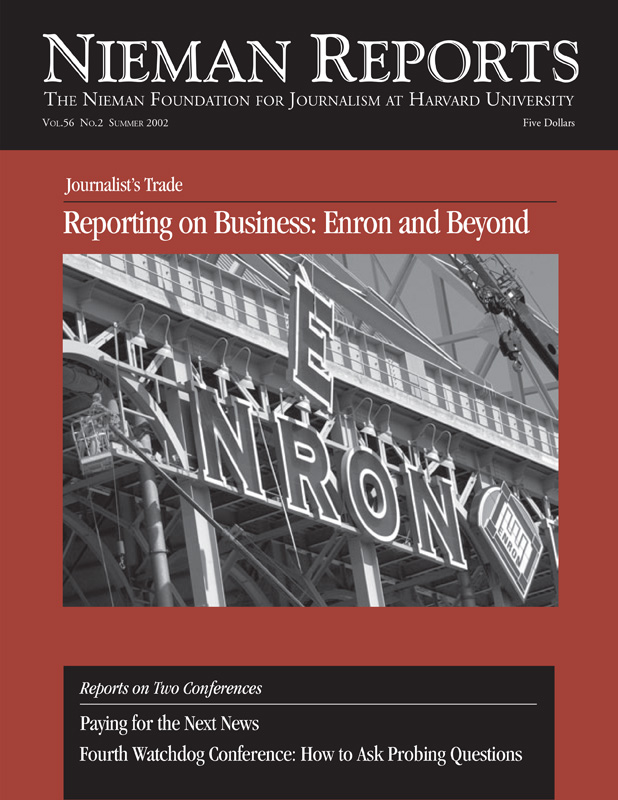
Rosabeth Moss Kanter described the pacesetters as being “ahead of change.” By responding early to technological changes, these companies captured “more benefits of change” and often spent less in getting there. Now, in more detail, she explains the typical stages these pacesetter companies go through. Edited excerpts follow.
Stage 1: Curiosity
When there’s uncertainty, rather than being paralyzed these companies are truly open to innovation and use it as an opportunity for dialogue and learning. They tend to engage more people in the company in conversation about the new phenomena or new possibilities instead of confining it to just a little group over in the corner. They have separate set-aside funds at top management levels for new business ideas that don’t fit in within an existing division. And they get lots of dialogue going and get people thinking about these phenomena. That more people are involved. More people thinking about it means several things in terms of change. It means that we can think about things other than the existing model and that curiosity is valued.
Curiosity is now very high on my list of leadership characteristics. We always start with vision; the leader has a vision. Well, how do they get a vision? It’s because the leader looks at a new phenomenon first not as a threat, but says “Gee, that’s interesting. I’d like to know more about that.” That wide-ranging imagination and desire really helps.
You also have less resistance to change throughout the company because everyone has had a chance to think about what it means for me in my work. So they’re mentally adjusting in advance. And, secondly, they may think about how this could improve the work that they do, and they might have a pet project or a pet idea that they’d like to act on. Sometimes this requires chief executives to say the three little words that they’re unable to say: “I don’t know.” Saying they don’t know is one of the hardest things for leaders to do. They often don’t want people messing around with ideas they don’t know anything about. You know a company is going to kill change when the first thing a leader says in response to a person coming in with a new idea is, “Let me give you a little history.”
Curiosity. Widespread dialogue, learning from outsiders, newcomers. Listening to them.
Stage 2: Questioning Assumptions
I call it kaleidoscope thinking because a kaleidoscope has a set of fragments forming a pattern. But the pattern’s not fixed. All you have to do is twist it, shape it, change the angle, change direction. The fragments fall together in an entirely different pattern. Often it is structural rigidities that are hard to think beyond, that lock the pattern in place. What pacesetters do is start to challenge the pattern—the pattern about how they’re organized, what the boundaries of the industry are, and how various parts of the business work together. A strong barrier to change was turf. Rivalries between divisions get in the way or assumptions of what the boundaries of territory are.
When I look through the many different kinds of models that have been presented here for who will pay for news, there were some that said, “Let’s just work harder. Let’s make sure we do better what we’re doing now.” That has some limits: you can only cut costs so far and sometimes working harder in the same way doesn’t work. But most of the models involved some kind of structural rethinking, taking what the bundle is today, pulling it apart, and then putting it together in different ways for different people. Unless it’s possible to challenge assumptions about how pieces are organized with respect to each other, it’s almost impossible to change. It’s the willingness to stand back and say, “Could we put together the pieces of what we have in this asset in a different way?”
Stage 3: Engaging in Systemic Change
Pacesetters take the new phenomena and embed it more clearly in all parts of their business so that it isn’t something separate and apart that’s a division unto itself. It becomes a tool for the entire business. And the entire business may reorganize how it thinks about putting things together. Sometimes it’s a reorganization, sometimes it’s just an overlay. Creating an interpersonal system of collaboration is really incredibly important to get change.


